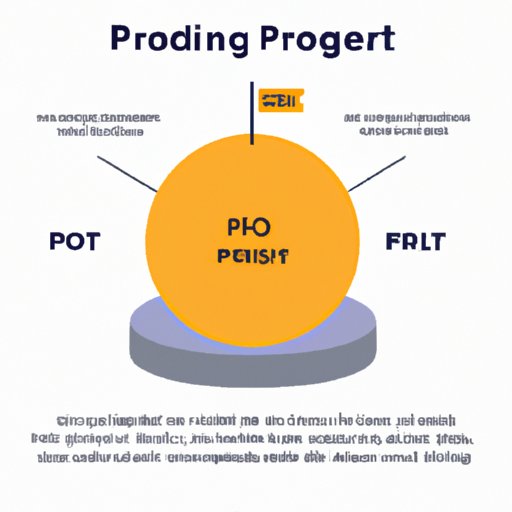Introduction
Product marketing is the process of creating a strategy to promote and sell a specific product or service. A successful product marketing strategy should include clear objectives, an understanding of customer needs and motivations, a competitive analysis, a well-defined unique selling proposition (USP), and a comprehensive promotion plan. This article will explore how to develop a product marketing strategy that meets these criteria.
Identify the Target Audience
The first step in any product marketing strategy is to identify the target audience. To do this, you must understand their needs, desires, and motivations for buying your product. Researching customer demographics, psychographics, and behaviors can provide valuable insights into what customers are looking for when they purchase a product. Additionally, understanding the customer’s journey from awareness to purchase can help you create a more effective marketing strategy.
Analyze the Competition
Once you have identified your target audience, the next step is to analyze your competition. Researching competitors’ offerings and comparing them to your own product can give you a better understanding of how to position your product in the marketplace. You should consider factors like pricing, features, product quality, and customer service when making comparisons. This will help you identify areas where your product stands out from the competition and create a unique selling proposition.
Define Your Unique Selling Proposition (USP)
Your unique selling proposition (USP) is the message that sets your product apart from the competition. It should be concise and clearly communicate why customers should buy your product instead of a competitor’s. Crafting a compelling USP can help you stand out in the marketplace and make it easier to attract customers.
Set Goals and Objectives
Once you have identified your target audience and defined your USP, the next step is to set goals and objectives. Establishing short-term and long-term goals helps you measure progress and stay on track with your product marketing strategy. When setting goals, be sure to establish realistic expectations for results so you can adjust your strategy as needed.
Develop a Pricing Strategy
Creating a pricing strategy is another important component of product marketing. You should consider both profit margins and competitive pricing when determining the right price point for your product. Offering discounts or promotions can also help drive sales, but be sure to balance profitability with customer satisfaction.
Create a Promotion Plan
Once you have established a pricing strategy, the next step is to create a promotion plan. Choosing the right mix of advertising channels and developing an engaging creative campaign can help you reach your target audience and increase brand awareness. Consider factors like budget, target audience, and platforms when creating your promotion plan.
Monitor and Evaluate Results
Finally, it is important to monitor and evaluate the success of your product marketing strategy. Measuring the performance of campaigns and adjusting strategies accordingly can help you optimize your efforts and maximize return on investment. Additionally, tracking customer feedback can help you identify areas of improvement and ensure customer satisfaction.
Conclusion
Developing an effective product marketing strategy is essential to the success of any product or service. By following the steps outlined in this article, you can create a comprehensive strategy that meets the needs of your target audience, maximizes profits, and drives sales. With careful planning and execution, you can create a winning product marketing strategy that will help your business succeed.
(Note: Is this article not meeting your expectations? Do you have knowledge or insights to share? Unlock new opportunities and expand your reach by joining our authors team. Click Registration to join us and share your expertise with our readers.)
